Competitor analysis, a competitive advantage
Is a competitor analysis worthwhile?
In a competitive business environment, a thorough understanding of the market and analysis of the competition has become an essential practice for achieving goals and success in any business. Competitor analysis is part of any marketing plan and is essential to assess both direct and indirect competitors in terms of their strengths, weaknesses, strategies and market position.
This assessment will provide valuable information that can be used to develop a competitive advantage over the competition, discover a market niche or improve the overall performance of the company. In this article we will explain in detail the competitive analysis, the types of strategies and their importance in today's business environment.
I. Definition and purpose of competitor analysis
A competitive analysis is a process of evaluating a company's competitors in order to better understand their market position and determine effective strategies to outperform them.
The main purpose of competitor analysis is to identify the strengths and weaknesses of competitors, as well as the opportunities and threats they represent for the company.
II. Phases of competitive analysis
Competitive analysis consists of several interrelated phases that must be carried out in an orderly and precise manner. These phases include:
- Competitor identification: In this phase, identify what kind of competitors the company has, both direct competitors, i.e. those offering similar products or services in the company's market segment, and indirect competitors, who may satisfy the same customer needs in a different way.
- Data collection: Once competitors have been identified, it is crucial to collect relevant information about them. This may include financial data, marketing strategies, prices, products or services offered, distribution channels, brand positioning and market share. Data collection can be done through secondary sources, such as reports and market research, as well as through direct observation and analysis of competitors.
- Strengths and weaknesses analysis: In this phase, the strengths and weaknesses of each competitor are examined. Strengths may be key competitive advantages, such as a strong market presence, innovative technology or a loyal customer base. On the other hand, weaknesses may include lack of resources, poor reputation or an inefficient supply chain.
- Strategy evaluation: In this stage, the strategies used by competitors are analysed. This involves understanding how they position their products or services, how they communicate with their customers, what distribution channels they use and what marketing techniques they employ to reach their target audience. By understanding competitors' strategies, a company can identify areas in which it can differentiate or improve.
- Market positioning assessment: This phase involves determining the relative position of the company in the market compared to its competitors. This can be done by comparing factors such as product quality, price, customer service, social media activity and brand perception. Understanding how the company is positioned in relation to the competition is crucial to developing an effective strategy.
- Identification of opportunities and threats: In this stage, opportunities and threats arising from the competitive environment are analysed. This may include changes in consumer preferences, technological advances, new regulations or the entry of new competitors. Identifying and exploiting opportunities, as well as mitigating threats, is essential to maintaining competitive advantage.
III. Tools and techniques for competitor analysis
Competitive analysis takes advantage of a wide range of tools and techniques that facilitate the collection, organisation and analysis of relevant information. Some of the commonly used tools are:
- SWOT analysis: SWOT (Strengths, Weaknesses, Opportunities, Weaknesses and Threats) analysis is a technique that helps to identify and evaluate the internal and external aspects of a company. This analysis provides an overview of the current situation and helps to identify areas where improvements can be made and opportunities that can be exploited.
- Competitive positioning matrix: This tool helps to visualise the company's relative position in the market in relation to its competitors. The competitive positioning matrix ranks competitors according to two variables, such as price and quality, and shows the position of each competitor in a graph.
- Porter's Five Forces Analysis: Developed by Michael Porter, this model analyses the five forces that shape competition in an industry: rivalry between existing competitors, the threat of new entrants, the threat of substitute products, the bargaining power of suppliers and the bargaining power of customers. This analysis helps to understand the competitive structure of an industry and the opportunities and threats that exist.
IV. Importance of competitor analysis
Competitive analysis is critical to business success for a number of reasons:
- Identification of opportunities: Competitor analysis identifies opportunities in the marketplace that can be exploited by the company. By understanding competitors' strategies and weaknesses, a company can differentiate itself and offer unique products or services that meet unmet customer needs.
- Developing a competitive advantage: Competitive analysis helps a company develop a sustainable competitive advantage. By understanding the strengths and weaknesses of competitors, a company can capitalise on its own assets and resources to stand out in the marketplace.
- Informed decision-making: Competitive analysis provides valuable information that can support business decision-making. By understanding competitors' strategies and market dynamics, a company can make more informed decisions about pricing, promotions, product positioning and market expansion.
- Risk mitigation: Competitive analysis helps to identify the threats a company faces and to develop strategies to mitigate these risks. By understanding changes in the competitive environment, a company can adapt quickly and maintain its position in the market.
Conclusion
Competitive analysis is a valuable tool for understanding and assessing competitors in today's business market. It provides essential information for developing a competitive advantage and facilitates informed decision making. By implementing a competitive analysis, companies can identify opportunities, mitigate risks and improve their market position.
In short, competitive analysis is an essential part of a marketing strategy and contributes to a company's long-term success in a highly competitive environment. It is a tool that helps companies adapt and stand out in a dynamic and constantly evolving marketplace.











